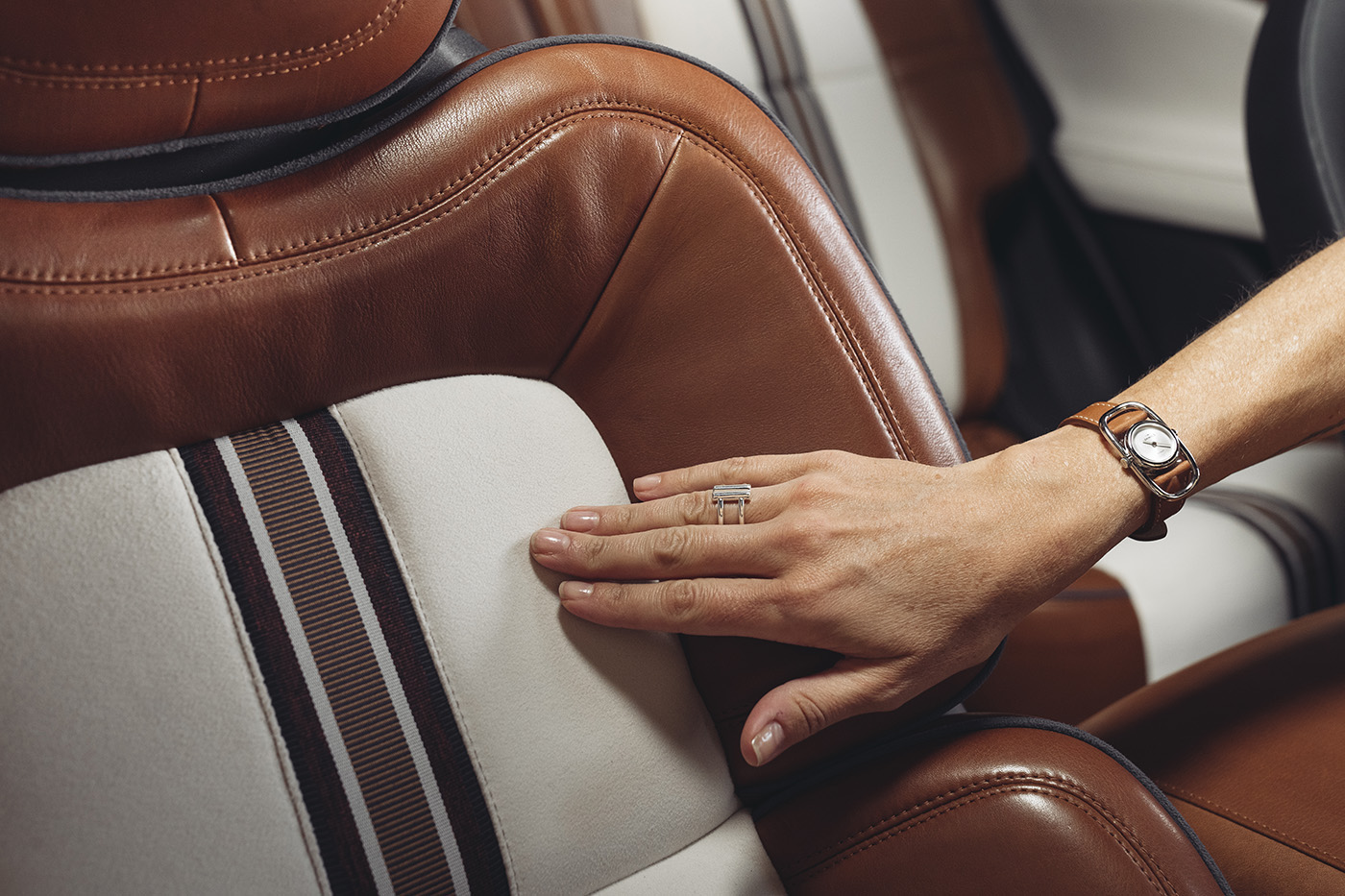
If you spend enough time in the watch industry, you come to the realization that most of today’s wristwatch designers started off as automotive designers in the course of their modern industrial design education. This shared design ethos has created a lasting and intrinsic link between the world of automotive and wristwatch design and imagination. Predictably, a lot of watch lovers enjoy cars and many car lovers enjoy watches. When it comes to people who actually work at car companies, that shared appreciation for timepieces and automobiles can lead to product design and engineering excellence.
aBlogtoWatch recently caught up with Kemal Curic, who is the Design Director at American Lincoln automobiles. Curic grew up in Germany and started working for Ford Europe. He was eventually elevated to a leadership position at Lincoln and now operates out of Lincoln’s design studio in Irvine, California. Curic is both a watch enthusiast and an aBlogtoWatch reader. One of the first things he said to me was an acknowledgment of the fact that cars, like watches, must be individually interesting to consumers for there to be the deep, emotional attachment car makers want their customers to feel. No longer are cars designed as part of a mere segment or category, but luxury cars from brands such as Lincoln must have independent value and appeal as a product. In other words, someone needs to want the Lincoln Aviator, as opposed to merely wanting a large-sized SUV with the capacity to carry seven people.
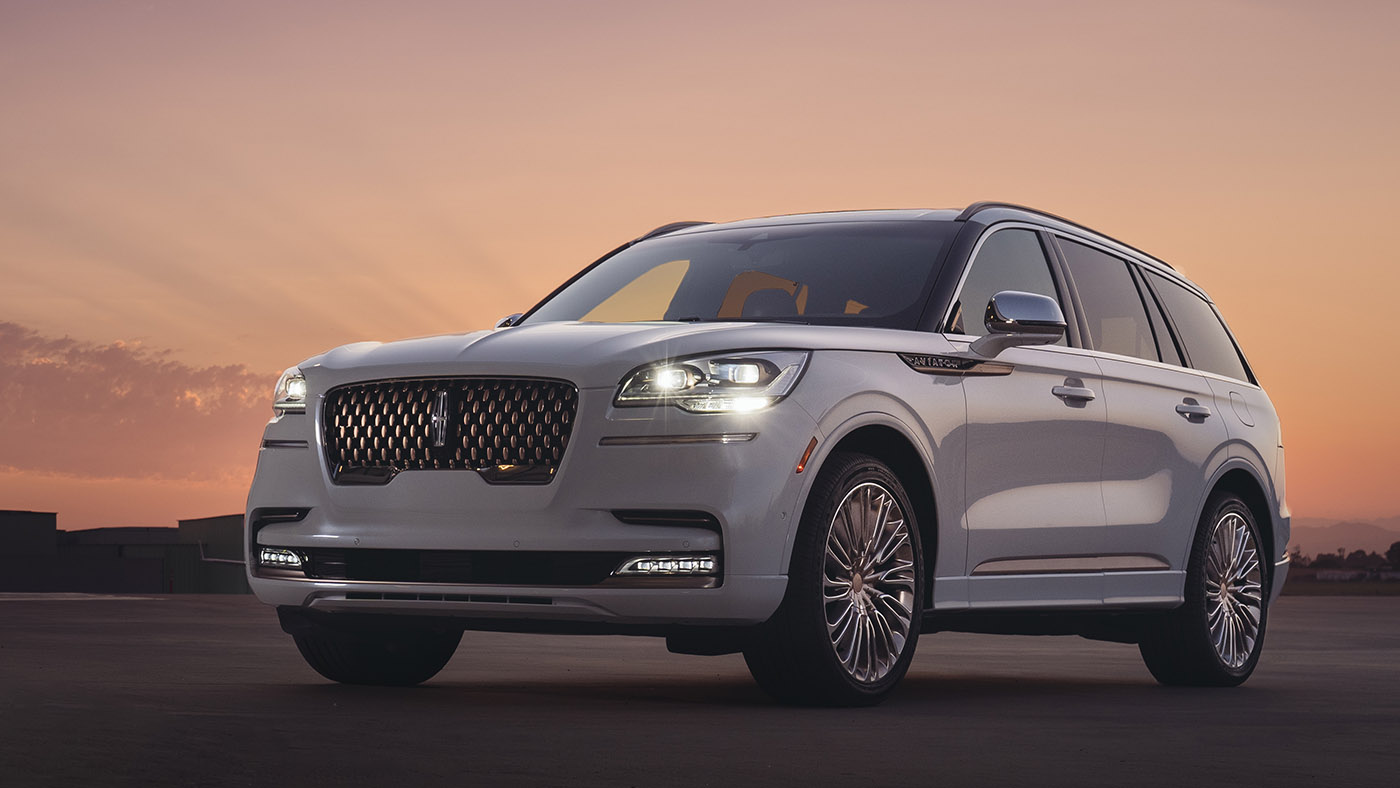
Lincoln has been dabbling in the world of watches — evidenced by Curic’s recent design exercise with Detroit-based Shinola. Using materials and aesthetics from Shinola’s world (the brand also specializes in leather), a unique Shinola-themed Aviator SUV was created as an interesting collaboration between the car company and timepiece maker. While not for sale, the outcome of the Aviator Shinola was to test new aesthetics and styles for a company repositioning itself for the next generation of car lovers. As such, the current Lincoln lineup includes only four base models (the Corsair, Nautilus, Aviator, and Navigator), all SUV-style. Soon, Lincoln will be debuting its first all-electric car, which will be the first of many. Let’s hear more about what Mr. Curic – Design Director at Lincoln – has to say in this aBlogtoWatch interview:

aBlogtoWatch: First of all, thank you very much for taking the time to speak with us and our audience. I suppose you can assume people are familiar with the Lincoln name, but a lot of people, watch enthusiasts especially, probably haven’t approached the brand in a while. Why is now a good time to re-approach Lincoln automobiles?
Kemal Curic: If you think about the Lincoln brand, it’s now almost 100 years old. It’s one of the most iconic American brands in existence. It’s been a really interesting time to see where Lincoln has been heading since the introduction of the “Quiet Flight” design philosophy. It’s been very successful for us, and you can really see this in our line of vehicles today, from the Aviator and the Corsair to the Lincoln Navigator. We set up this vision a few years ago, with the goal for our vehicles to be distinctively Lincoln — something that could be different from everyone else.
Our vision for design with “Quiet Flight” consists of four pillars that guide us as an organization. These are “Human,” “Beauty,” “Sanctuary,” and “Gliding.” When we talk about “Sanctuary,” we wanted to apply that to all our vehicles. One of the things you’ll discover, sitting inside the Aviator, for example, is that it becomes a sanctuary space. It’s not just a vehicle, it draws you in, it becomes a lifestyle. With the second aspect, “Beauty,” we’ve always wanted to seduce when it comes to our vehicles. When you first lay eyes on the Aviator, you really fall in love with it. Then you start to notice the sense of precision and attention to detail further down the line. We try to put a sense of natural attraction in all our vehicles. From the moment you walk up to your vehicle, you have this beautiful warm embrace that is uniquely Lincoln. The headlights greet you, and the chimes that we created with the Detroit Symphony have this beautiful soothing sound. Once you sit down in this Lincoln interior, there’s an effortless feeling. It’s a rejuvenating experience.
But it’s not just a pretty face. When you create a vehicle, a timeless object, it’s like a long-lasting relationship. You fall in love with a vehicle at first sight, but then you live with it for many years. It becomes almost like a marriage. You’ve got to appreciate the vehicle for the interior, for the touchpoints, and for everything this vehicle can do for you. This long-lasting relationship is one of the ways I think Lincoln excels.
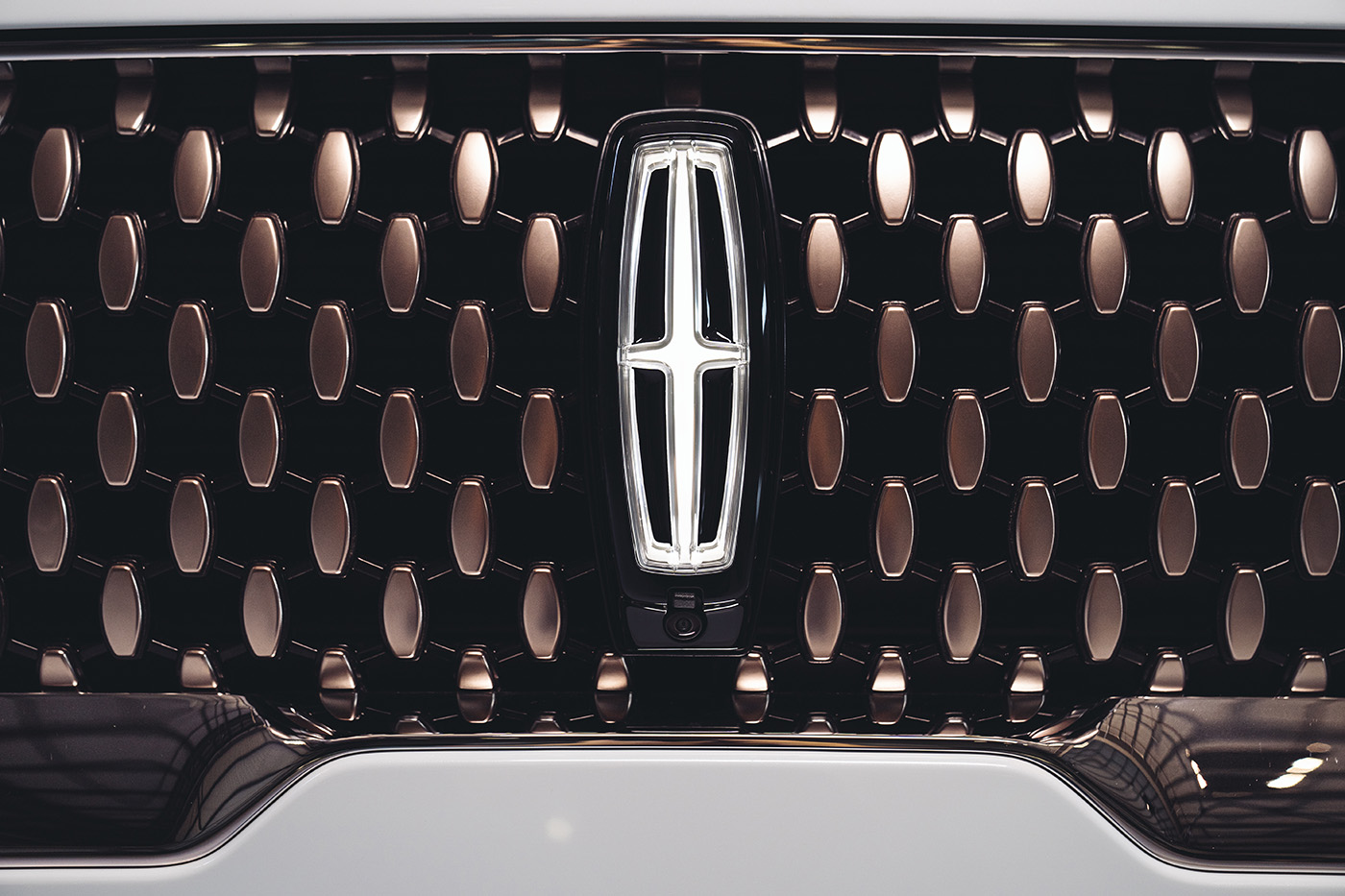
aBlogtoWatch: When did you start at Lincoln? We know you were at Ford for several years, but how was the transition into the Lincoln brand?
Kemal Curic: I started with the Lincoln Continental in 2013. It was a privilege, coming off working on the Ford Mustang, another iconic American superhero, and to be able to work on the Continental was amazing. Such an iconic vehicle, it’s been driven by presidents and Hollywood celebrities, and to me, it represents everything optimistic about America. Being a non-American, this kind of Americana has a fascination to me. Coming from Europe, I’d say the Lincoln Continental is the crown jewel of American automaking. Coming from an outside perspective, sometimes you appreciate it more than you would from the inside.
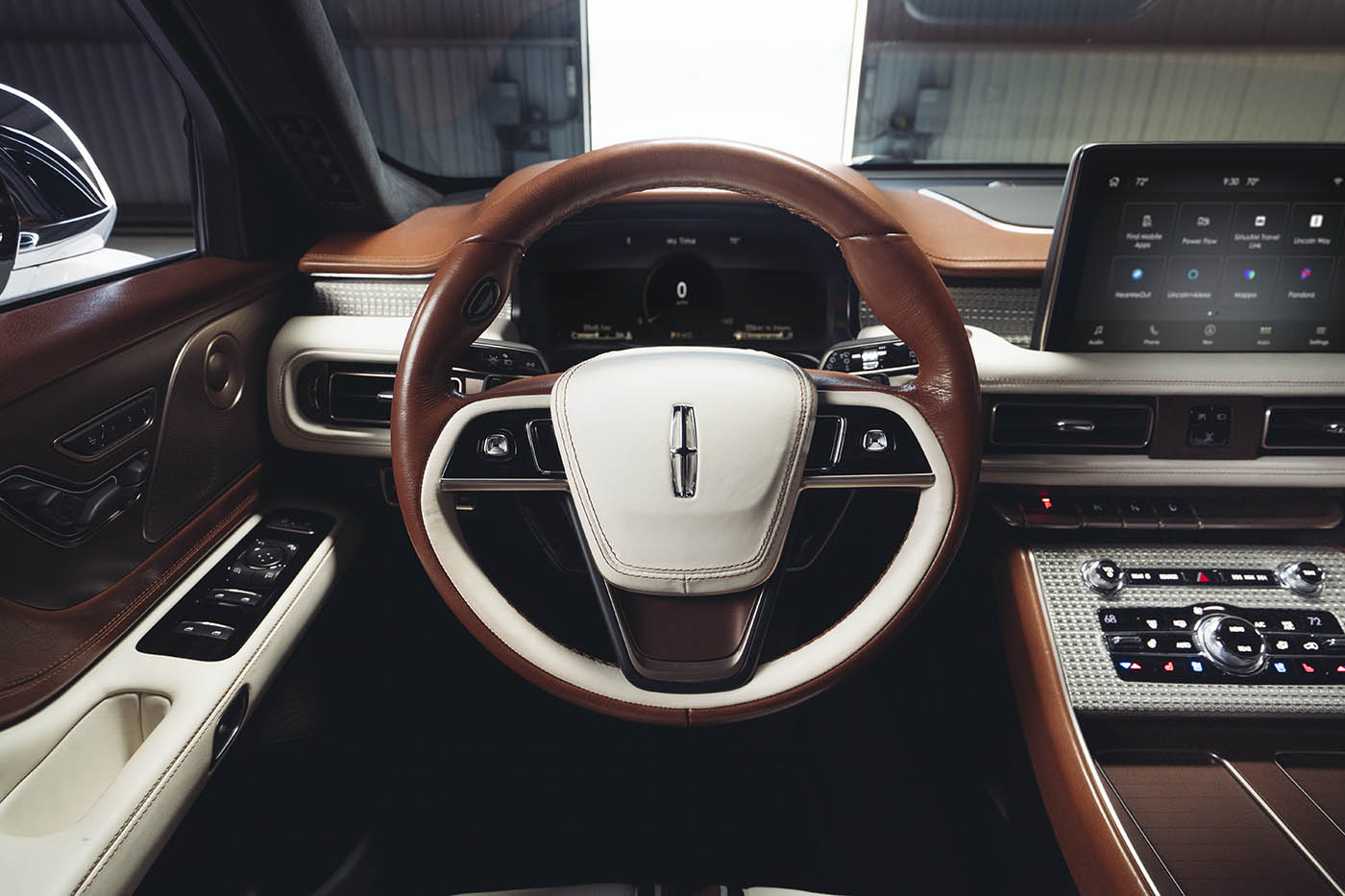
aBlogtoWatch: Obviously, you know the competition well as part of your job. Where is Lincoln best in class right now?
Kemal Curic: Going back to the mantra of “Quiet Flight,” we really want to speak to your senses. And this is where I think Lincoln excels. Everything in a Lincoln, from the way it feels to the way it operates, even the way it smells. We use the finest leather, and we put a lot of pride in craft. I think the most important thing for Lincoln is that we always stay true to who we are as a brand, but, at the same time, we’ve never been afraid to push a little further and challenge ourselves for the future.
The Aviator, for example, I believe is best in class in terms of spaciousness, the proportions, and the interior. There are so many elements of this vehicle that I think are outstanding.
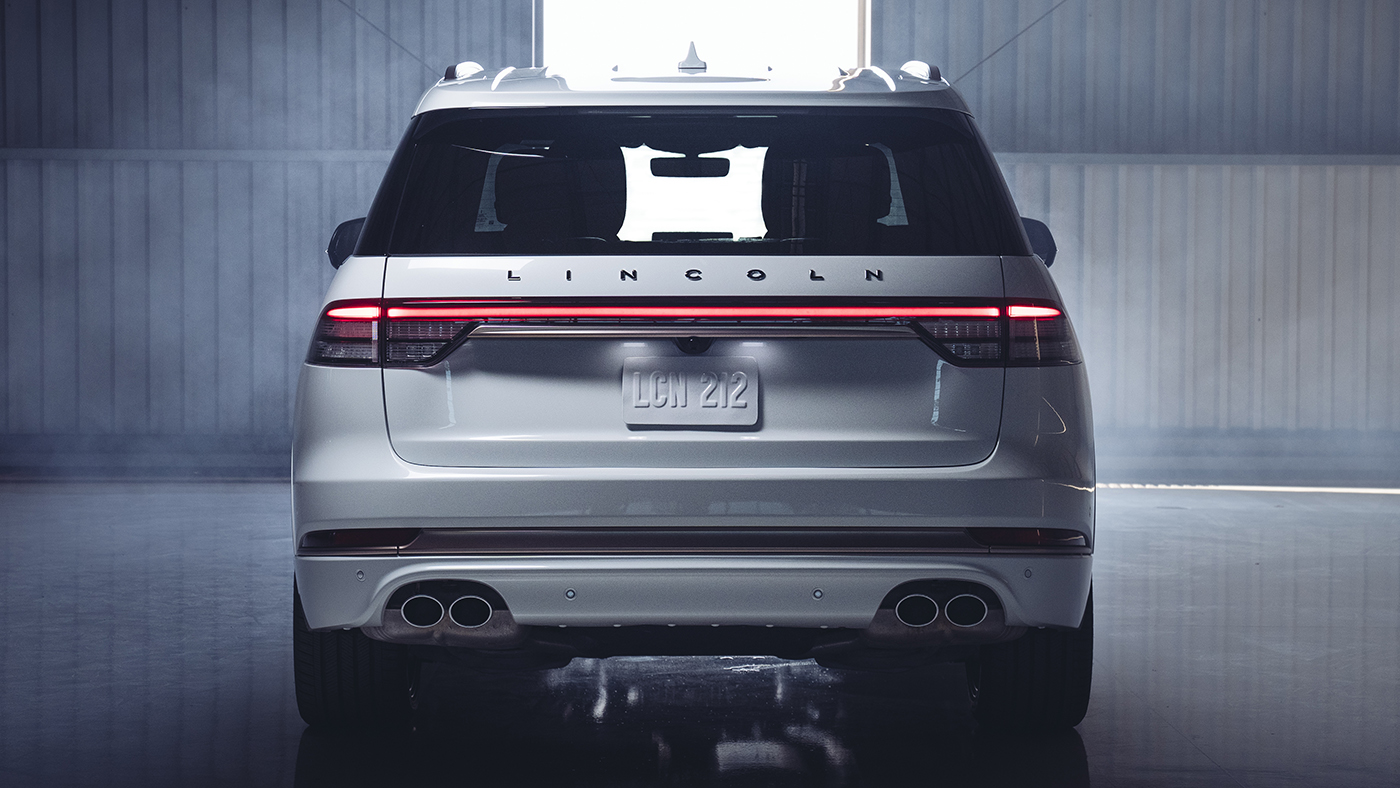
aBlogtoWatch: Where would you say some of your design touches shine through most on these vehicles? Are there certain hallmarks as a designer?
Kemal Curic: You have to think of a design as teamwork. You have the entire design team behind you, from interior to exterior, color, materials, engineering, it’s a very well-rounded design team. I see myself as almost conducting an orchestra, and we have all the finest musicians out there.
One of the things I always say, to continue the music example, is that we always want to create timeless music. We want to make something you can listen to 50 years from now, and everyone looks back and says, “Wow, that was a wonderful piece. My parents listened to that same song, and it’s still valid.” We don’t want to create a one-hit-wonder.
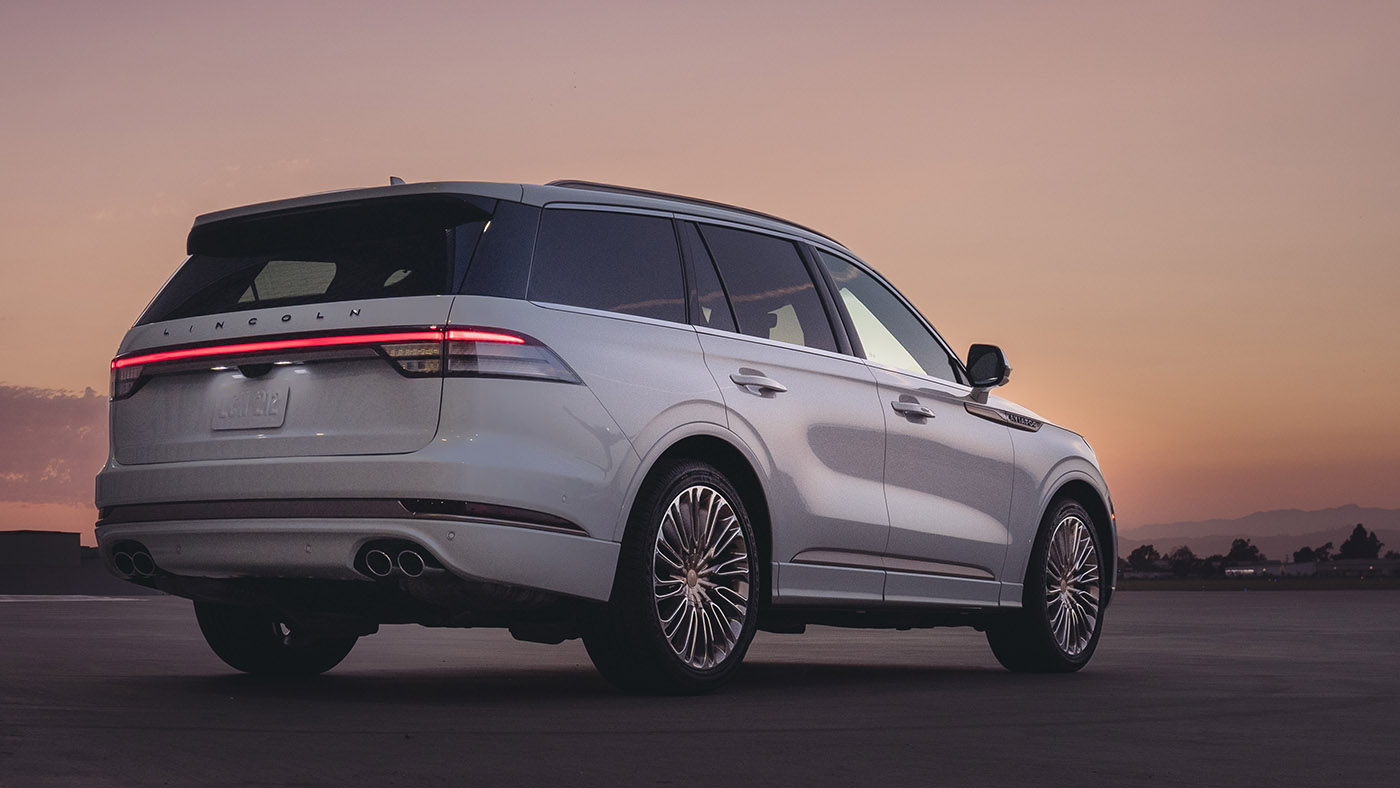
aBlogtoWatch: What are some of your favorite design elements in the current Lincoln lineup that you hope people will notice?
Kemal Curic: It really starts with the “face” of the vehicle. With the grille being the crown, this alluring shape, and the lights being almost like human eyes. There’s this wonderful S-curve down the body sides that we’ve applied everywhere, these very human touches. It’s not a harsh, flat-body side. It adds this really organic, almost sensual, feel to the body side.
For the Aviator, the natural beauty really comes from the proportions. It gives this sense of the vehicle leaning back and gliding through the air. It’s a really relaxed, commanding feel. There are so many touches, once you walk around and observe the vehicle. There’s a really great stance on 22-inch wheels, the way it sits, these are the things that create a wonderful sculpture.
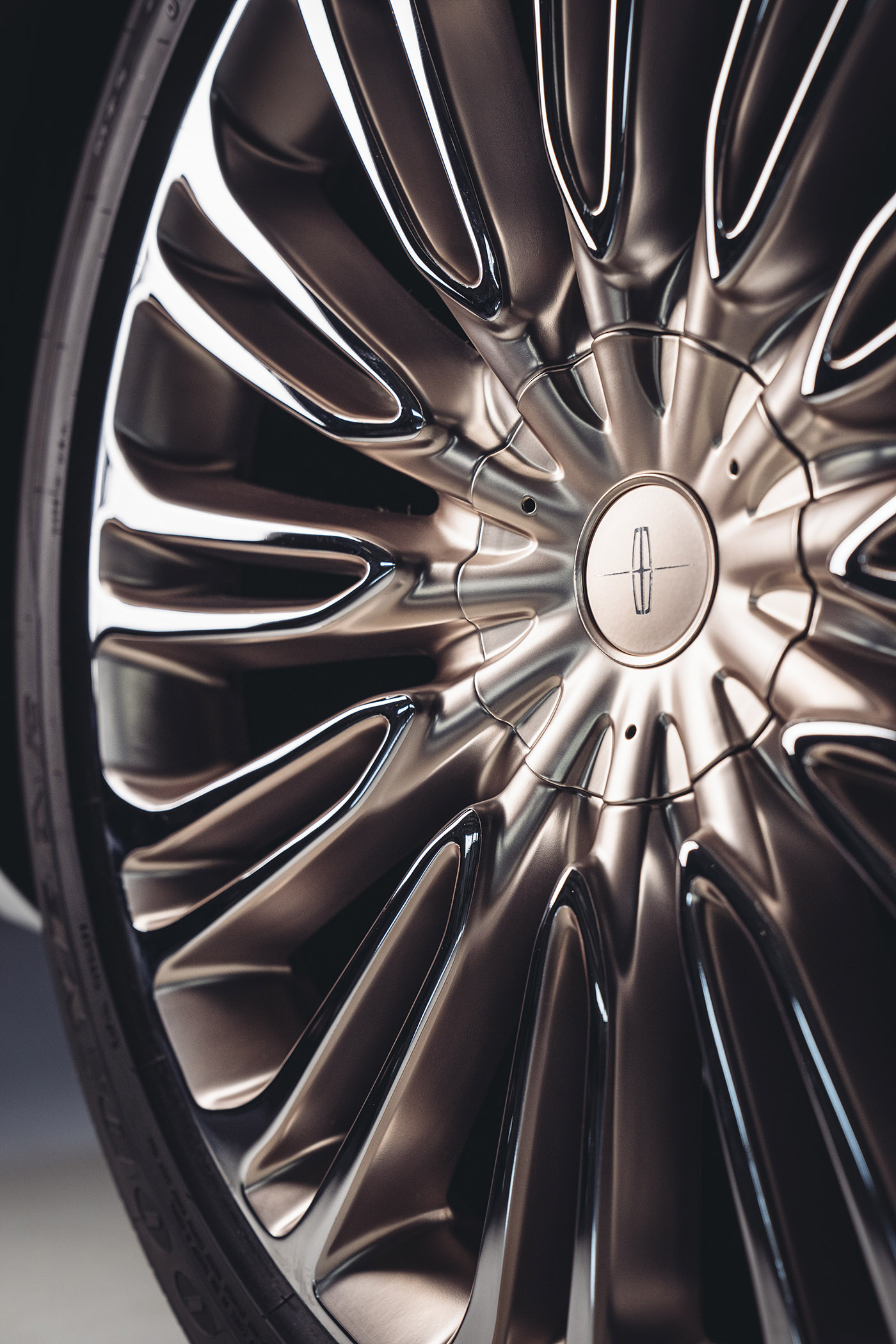
aBlogtoWatch: Having worked in the automotive space in Europe and now in the United States, how would you describe some of the differences in ethos between European car design and American car design?
Kemal Curic: If you think about the past, European cars where I grew up were very tiny. Then in America you had these very large, optimistic cars with exuberant proportions. Where I was in Germany with all these four-cylinder vehicles, we’d always look up to these almost megayachts on wheels from America. Going back to the Mustang, which when I grew up was almost like a superhero, one of the most iconic cars in the world. American design always had a fascination for me. These cars always shook the ground. Whenever I’d see a Mustang, it’d have this distinctive growl, and these amazing proportions with a long hood. These are the things for me that always create this sense of American optimism, and all the glamour behind that. Same with the Lincoln Continental.
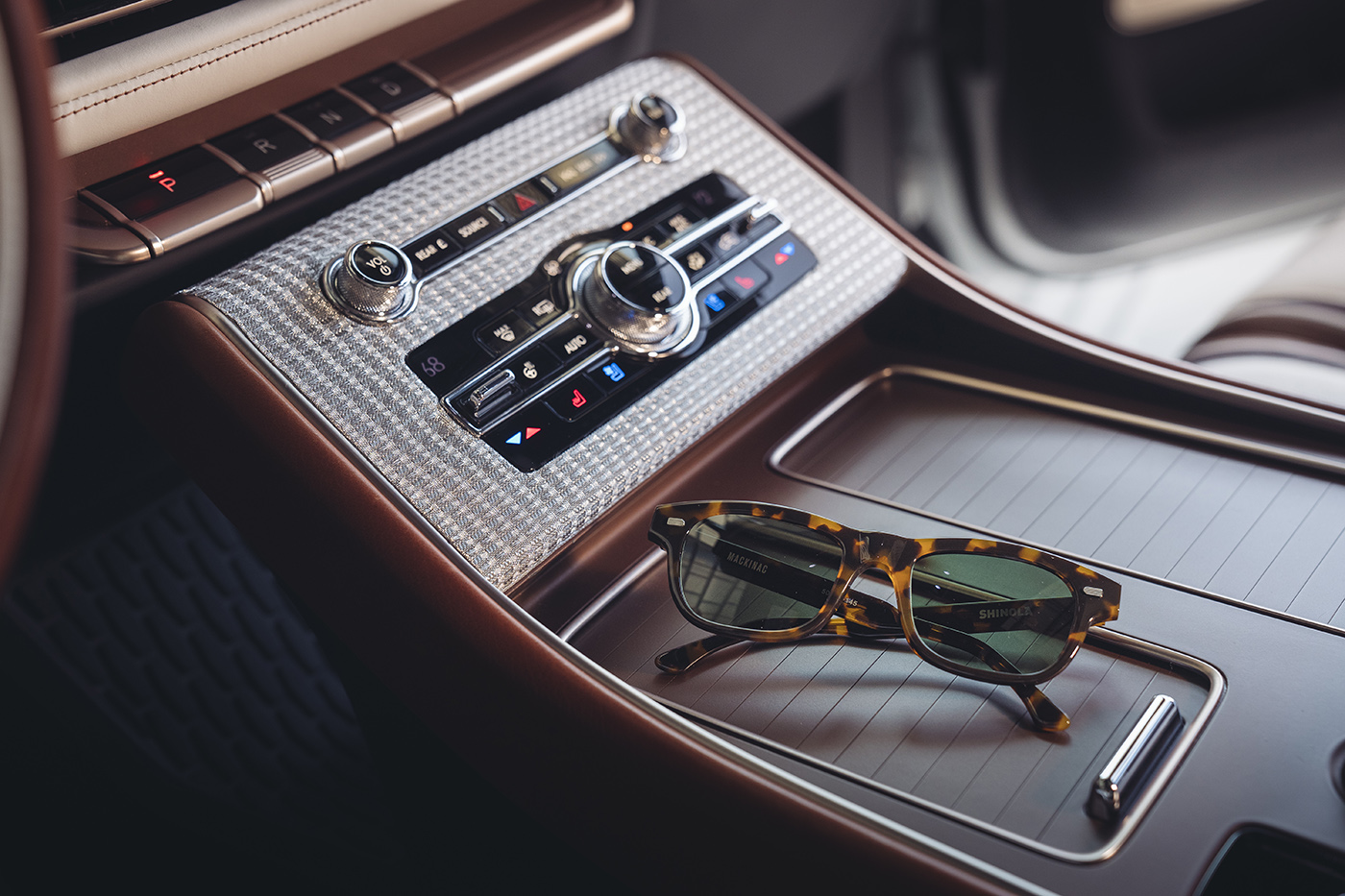
aBlogtoWatch: Did you grow up with watches as much as you did with cars?
Kemal Curic: Absolutely, I really appreciate watches. I love the industry and how everything is evolving. I personally appreciate the vintage side as well, especially with Rolex. Or with Panerai, with what I personally really admire, the Luminor. If you think about the history behind it with the Italian Navy and all that. With TAG Heuer, the Monaco is sort of the favorite of every designer. Or with IWC, and with some of the German brands, I really admire the movements and some of the precision these brands put in there. It’s so complex. But I also really like some newer brands, like Bell & Ross. What they’ve achieved in just a few years competing against heritage brands is amazing. Even Shinola — in only a few years they’ve created some unique timepieces.
I personally enjoy seeing a similar approach, how brands are challenging themselves to push innovation and these sustainable smart materials but still keep the heritage and the art of craftsmanship alive.
aBlogtoWatch: Have you ever dabbled in watch design before?
Kemal Curic: (Laughs.) That’s a good idea. I should.
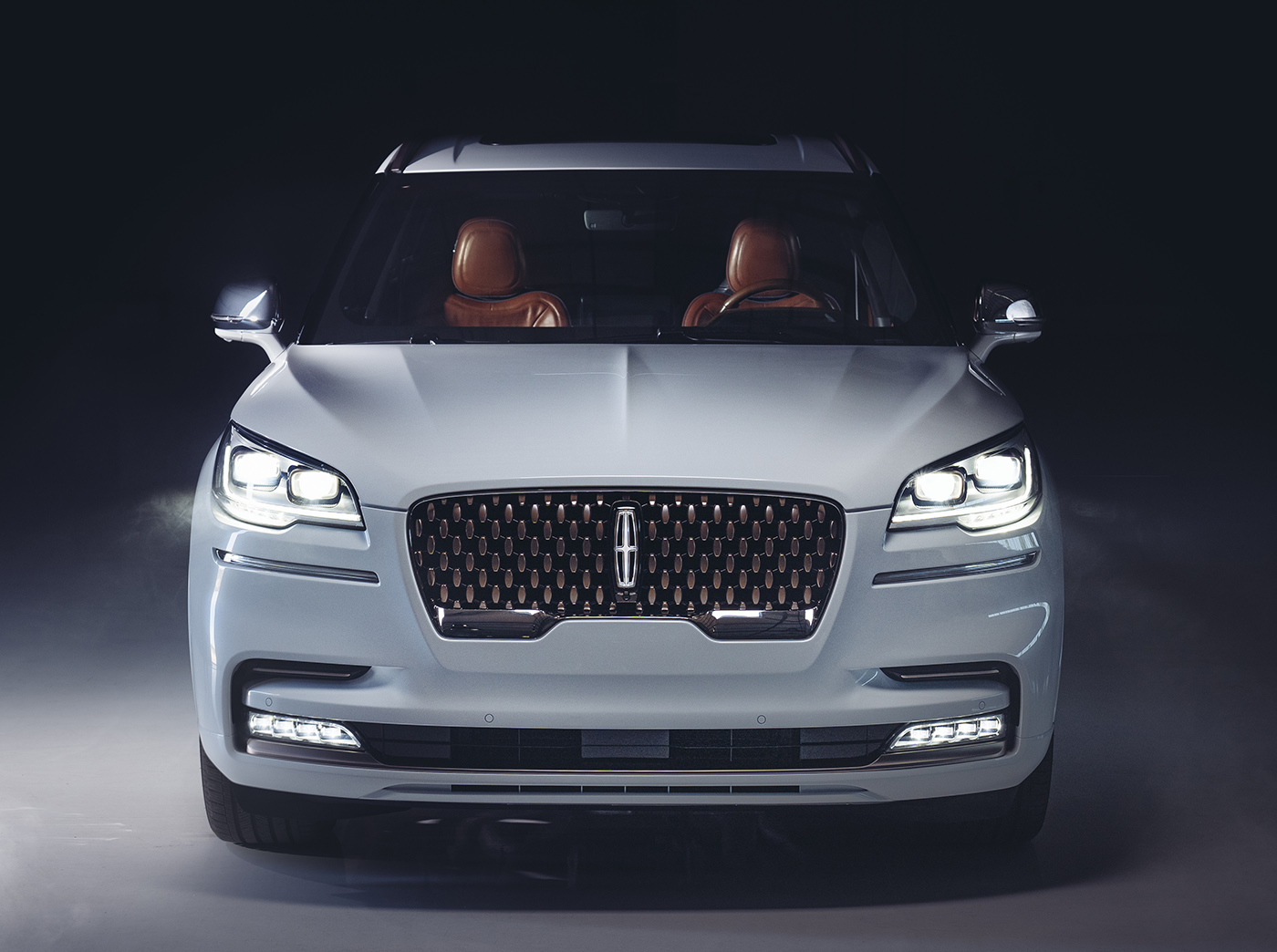
aBlogtoWatch: On a related note, how is Lincoln’s relationship with Shinola panning out?
Kemal Curic: It’s been a great opportunity for both brands. They’re both American brands, sharing the same passion for timeless pieces, craftsmanship, and materials. We had a field trip [to Shinola] with the design team one day, and we got really inspired. We decided to collaborate, and we’ve been very open-minded. We started dissecting the watches and the materials they used, and it opened the door for us to collaborate. Once we tested some of Shinola’s new materials and the way they feel, we found they were very complementary to the interior of the Lincoln Aviator, especially our current 32-way adjustable seating.
aBlogtoWatch: What do you think the car industry can learn from the watch industry? The car industry still exists in a way where there are cars you need, and cars you want. But the watch industry mostly exists only as watches you want. The watch industry has remained extremely relevant, though.
Kemal Curic: For me, there’s this real appreciation for craft that’s similar to vehicles. Beyond that, staying true to brands. It’s a very similar thing in both the car and watch industry with regard to tradition and innovation, and you can really see the trends that are pushing in this digital transformation. Think about Hublot, and the Big Bang which came out 17 years ago. There’s a paradigm shift now with the Big Bang e, which suddenly becomes far more versatile as a smart device. It’s still keeping that sense of a timeless timepiece, but it’s also customizable and smart.
It’s the same with the car industry, quite honestly. You see the same trends. The vehicle becomes so much more than just driving you from point A to point B. You have that same huge paradigm shift now at Lincoln and Ford with electric cars. Now with electrification, there’s all these new trends and this sort of fusion between the digital revolution and this classic analog sense. I quite enjoy it. You appreciate the analog feel and the artisanship, but you still have these digital capabilities.
More than ever, I think these legacy brands are building on their history but adding additional features and experiences. The desirability is very much still there. Just like a vehicle, a watch represents who you are and how you would like to be perceived. It almost becomes a reflection of your personality — to me, it becomes more than just a pure timepiece.

aBlogtoWatch: You are someone who understands watches, and you’ve mentioned attention to detail earlier on. Speaking specifically to a watch-enthusiast audience, what are some features of the current Lincoln lineup that people would appreciate or should not miss?
Kemal Curic: For me, that would be the interiors. That’s where things become like Swiss watchmaking to me. If you think about the way things operate in your vehicle, the interaction points really speak to your senses. If you’re a luxury watch owner, you’ll really appreciate the sense of weight behind some of the moving elements in the interior, and the sounds, especially the mechanical ones. Also, the way they feel when they operate; when you’re sitting inside a vehicle like the Aviator, it fits you like a glove. You can adjust the seat like no other vehicle out there, just like a very comfortable strap. As an enthusiast, you’ll appreciate the way it feels, the way it looks, the way it sounds, and the sense of craft.
To learn more about Lincoln and its current lineup, please visit the brand’s website.

